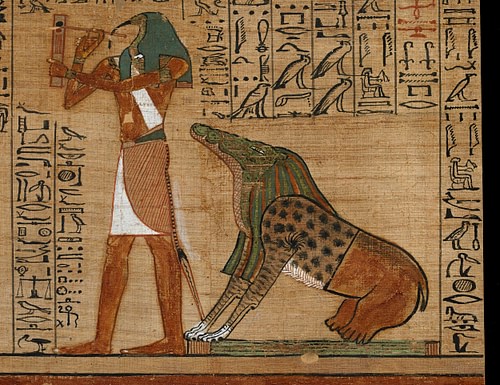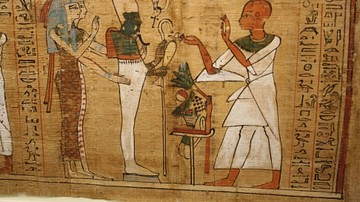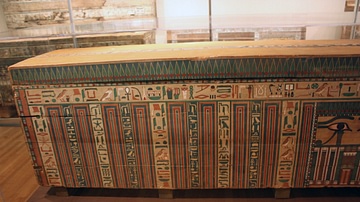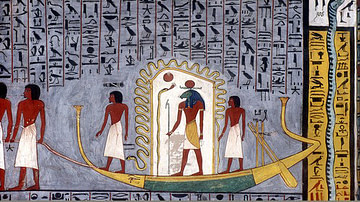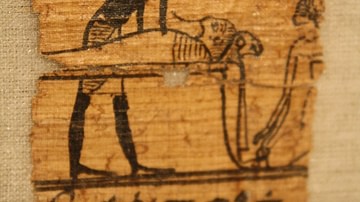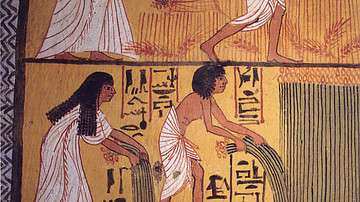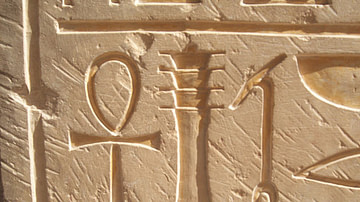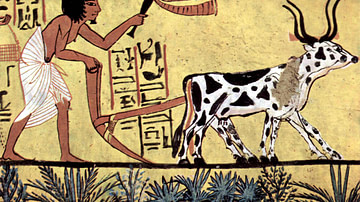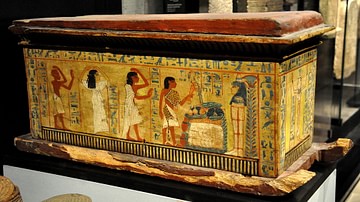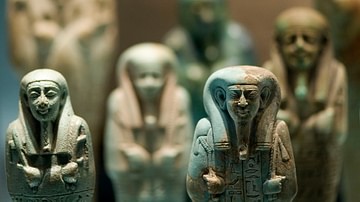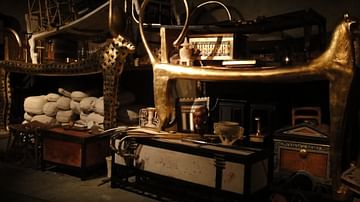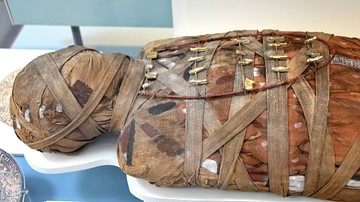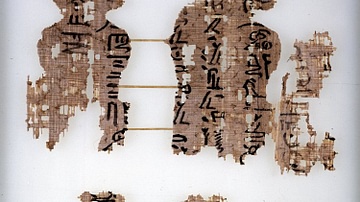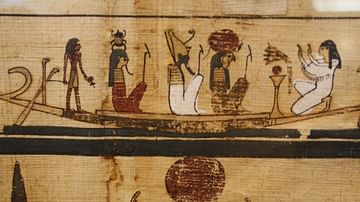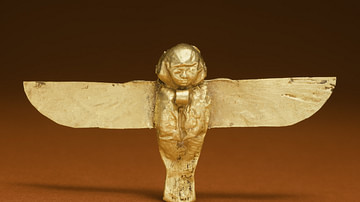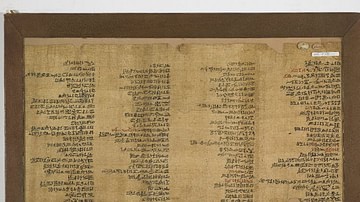Often misconstrued as a culture obsessed with death, the ancient Egyptians viewed death and the afterlife as an intimately connected continuance to life itself. Though funerary processions and burial rites changed over the years - as seen in the Pyramid Texts, Coffin Texts, and finally the Book of the Dead - ancient Egyptians from the Old Kingdom to the Ptolemaic Dynasty attempted to live a balanced and harmonious life in accordance with ma'at. To do so would hopefully tip the scales in their favor when standing in front of Osiris. Reward for a good life was admittance into the Field of Reeds, or Aaru, for all eternity.
To the ancient Egyptians, death was not the end of life but only the beginning of the next phase in an individual's eternal journey.
